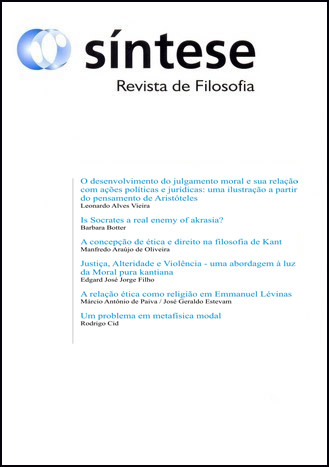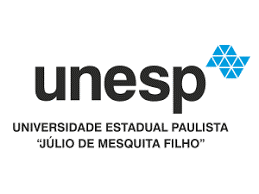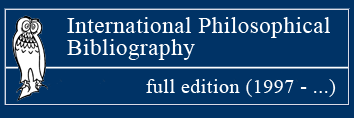A CONCEPÇÃO DE ÉTICA E DIREITO NA FILOSOFIA DE KANT
DOI:
https://doi.org/10.20911/21769389v37n119p351-370/2010Palavras-chave:
Autonomia da razão, normatividade, legalidade, liberdade e natureza.Resumo
O artigo procura em primeiro lugar situar o tratamento dado por Kant à problemática da ética e do direito dentro do contexto de quadro teórico da filosofia transcendental em contraposição à s posturas hoje hegemônicas. Neste quadro teórico, a esfera do prático diz respeito, então, a tudo o que é possível através da liberdade. Aqui na autonomia da razão pura prática se situa para ele o único fundamento da normatividade e de seu conhecimento por nós. É precisamente enquanto sujeito da lei moral que o homem tem valor absoluto, ou seja, enquanto ele é ser livre e é precisamente a liberdade que o distingue de todos os outros seres. A realização da liberdade na esfera da exterioridade é o que Kant chama de legalidade, a esfera do direito, que, assim, em seu cerne, consiste na unificação de liberdade e natureza.
Abstract: The present article firstly aims to situate the treatment Kant gives to the issue of ethics and of right within the theoretical context of transcendental philosophy in contrast to today's hegemonic stances. Within this theoretical framework, the sphere of practice thus concerns everything that is possible through freedom. For Kant, the autonomy of the pure practical reason is the sole foundation of normativity and of our knowledge of it. It is exactly when man is the subject of moral law that he has absolute value, i.e when he is a free being, since it is precisely freedom that distinguishes him from other beings. The realization of freedom in the sphere of exteriority is what the author calls legality, the sphere of right which, in its core, consists in the unification of freedom and nature.


















